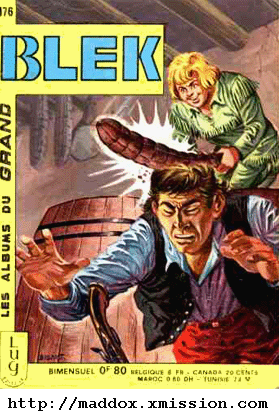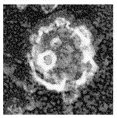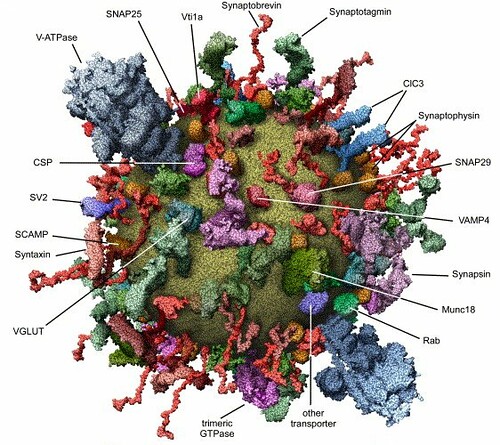The eye that I see God with
Is the eye that God sees me with
~ Meister Eckhart I am the eye
The all-seeing eye
Worlds fall in my ken
Who then sees through that
Shiny plastic screen
Screwed inside the cone of the cramped cockpit
Diving screaming
From the vacuumed air above
Into the thickened smog below
A vertical prayer
From eye to screen to cross hair
To the phosphorescent green trace below
A trace with legs scrambling
A headless chicken
Your daughter's head
Scrambled at the sight of you
You squint harder into the screen
And with greater resolution it might even show
The creasing of the skin
As their face contorts at the moment of sweet impact
I see with pure electricity
The wires that fall away
It is an action as easy
As banging a cartridge into the hole
Joining hardware
to software
to joystick
To hand
To eye
You see through the eyes of another
Carrying some oversized triple-barrelled double-loaded shot-gun
Spraying pixelated bullets in technicolor death and fury
It is a pure expression of the soul
It is a divine handshake
It is an armored tank on threaded tracks
The hand that slaps the ground
And leaves plutonium dust in its wake
That corrodes the lining of the lungs of all who pass by
I see with eyes bloodshot from desire
Just as he, our god, desires
Not from on high
But from below
Like a trick in a peep-show
He shoves another coin into the greasy slot
The window opens
He watches
It is the dance of the seven veils
As each piece of fabric falls to the ground
Another patch of skin is exposed
Luminous and white
That burns into his far-gone eyes
And then the glass rises up again
The circle is complete
The cycle ended
Until the next coin drops
I see the stars through a telescope
A slivered tube of metal
That cups a piece of frosted glass
Calibrated crystalline
It scatters my vision amongst the stars
Grains of light
Balls of fire
Touching off a finger of corona
A strange filigree of light stretching
From star to telescope
Filling my head with starlight
Bursting my skull, a throbbing migraine
The pain
Reminds me that I
Are here but also there
The same point but far apart
The lord giveth the lord taketh away
To see is to perceive the naked
Peel off the eyelid
With a rusty potato peeler
Expose the viscous fluid to the corrosion of the air
Do you see better?
Unending sight
Blinkless
Without interruption your
Inner eye reflects off
The surface of the outer eye
The two converge
The light becomes the dark
You must realise
It is darkly
As it was in the beginning,
and ever shall be.
 Maddox's page of
Maddox's page of  And while we're at it, here's Pop Culture Addict's
And while we're at it, here's Pop Culture Addict's 


 They studied the binding of the N-terminal domain of enzyme I (EIN) to the phosphocarrier protein (HPr). The figure on the left shows EIN on the left (mostly blue). HPr is the protein on the right (green). In the experiment, they attached Mn2+ ions (3 red balls on the far right) onto the surface of HPr.
They studied the binding of the N-terminal domain of enzyme I (EIN) to the phosphocarrier protein (HPr). The figure on the left shows EIN on the left (mostly blue). HPr is the protein on the right (green). In the experiment, they attached Mn2+ ions (3 red balls on the far right) onto the surface of HPr.
 This is a synaptic vesicle as seen with electron microscopy. You can't go into any more detail. Instead, Takamori and co-workers determined the precise composition of
This is a synaptic vesicle as seen with electron microscopy. You can't go into any more detail. Instead, Takamori and co-workers determined the precise composition of 
 "The Outsider Chronicles" is a loosely biographical collection of consists of 6 short pieces. The stories revolve around the theme of sexual identity. Before the show, I was a little afraid that this was going to be a niche piece. The audience was not your typical theater crowd, mainly lesbian couples and trans-gender folks. Would the piece speak in a secret code of the trans-gender community, impenetrable to the ears of an outsider? Fortunately this was not the case. "The Outsider Chronicles" spoke in a universal language. It spoke in the form of story.
"The Outsider Chronicles" is a loosely biographical collection of consists of 6 short pieces. The stories revolve around the theme of sexual identity. Before the show, I was a little afraid that this was going to be a niche piece. The audience was not your typical theater crowd, mainly lesbian couples and trans-gender folks. Would the piece speak in a secret code of the trans-gender community, impenetrable to the ears of an outsider? Fortunately this was not the case. "The Outsider Chronicles" spoke in a universal language. It spoke in the form of story.